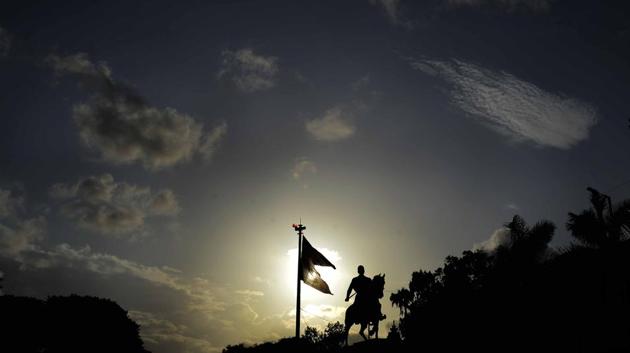Why Pune will receive abundant rainfall this season
IMD scientists observe a trend in increase of heavy rainfall in the past three to four years by studying gridded daily rainfall data set over India
With the forecast of monsoon arriving in Maharashtra in 48 hours, the India Meteorological Department (IMD) is observing the changes in the south-westerly winds.

IMD scientists have observed a trend in increase of heavy rainfall in the past three to four years. “We have noted that over the last three to four years, the rainfall recorded is over 15 cm and falls constantly for more than three to six days. Similarly, low rainfall is also on a decrease where the rainfall recorded is relatively less than 5 cm,” said scientist Dr D Sivananda Pai, Head, Climate Services Division, IMD.
“Over India, the large-scale rainfall during the southwest monsoon season (June to September) is received in spells with intermediate dry spells. The intra-seasonal variability on the timescales of few days to more than a month is clearly visible in the all-India daily summer monsoon rainfall irrespective of the quantum of total rainfall received during the season. After southwest monsoon gets established over Central India in July, copious rainfall is received over large areas of the country with maximum over central India,” he said.
During the peak monsoon rainfall months (July and August) of the season, the monsoon trough shifts north and south about its normal position causing large-scale rainfall variation over the country both in terms of spatial and temporal scales, states the study that is being conducted by observing daily rainfall index over the last five years to lists active and break monsoon events over India. It is identified using criteria based on a rainfall index derived over a critical high rainfall region called core monsoon zone.
The main data set used in the study was the (IMD) gridded daily rainfall data set over India. The changes in the rainfall/convective and low level circulation anomalies over Asia–Pacific region associated with the active and break monsoon conditions indicate stronger than normal monsoon trough/inter tropical convergence zone extending from Indian region to west Pacific during the active monsoon conditions.





